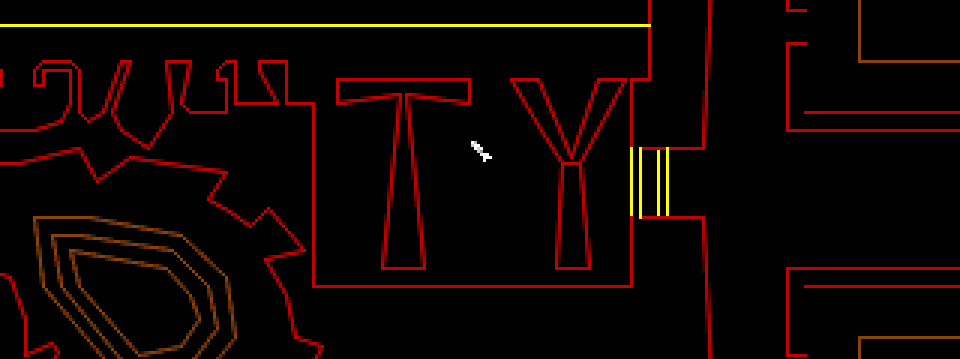
Sacrifice is the second WAD I’ve reviewed by a creator who is no longer with us. And that’s two too many.
Just this past Sunday, news made it to Doomworld that Ty Halderman, one of the most prolific and beloved members of our community, had died on July 31st. I never knew Ty myself, but everyone knows just how vital he was to Doom’s legacy — and to the longevity of its modding scene. If not for his efforts to archive and catalog Doom WADs over the last twenty years, who knows where we would be now? I almost certainly wouldn’t be here writing this column, and so it’s only fitting that I pay tribute to him in my small way. Not by looking at the incredible breadth of his work, or how he single-handedly maintained the /idgames Archive for nearly twenty years, but instead by going back to the very beginning and looking at Ty’s earliest contributions to the community he helped shape.
It’s pretty unlikely that Sacrifice was Ty’s first foray into WAD creation (and heck, it may not even be the first WAD he released), but it is his earliest work hosted on the archives. If you search Ty Halderman’s name, Sacrifice is the first of only four WADs that pop up — the only four ever uploaded under his own name rather than under the broader banner of Team TNT. All six levels of Sacrifice were designed by Ty and friend Robert Taylor.
This was in the earliest days of Doom modding, September of ’94, not even a year after Doom was unleashed on the world. Going back to play WADs from that first year is often a losing proposition; it’s a period defined by creators still learning the ins and outs of the engine and the limited map-creation tools that existed. There’s a lot of trial and error, a lot of publicly released WADs that probably ought not to have been. And among all those questionable efforts of a mod scene in its infancy, there are WADs like Sacrifice.
While Sacrifice may not be particularly polished or extraordinary by today’s standards, viewed in context it’s incredible. But to talk about the WAD only in its historical context feels minimizing. The truth is that, separated from its historical value, and ignoring the reputation of one of its creators, Sacrifice still deserves to be recognized. It is a good WAD, plain and simple: fun, beautiful, and clever, totally outside of any other considerations.
Aside from an unimaginative maze that takes up the majority of the real estate in Sacrifice’s M2, everything here feels inspired. The opening map, A Good Day to Die, is the perfect starting point; it’s exhilarating and full of secrets, and would be right at home as the opener of any number of mid-’90s megaWADs. Then there’s the strange and alien Morgues in the M3 slot, with wonderful uses of Doom’s bland silver and grey textures, made interesting by drastic differences in light levels throughout. The core of the adventure is the sprawling, nonlinear expanse of M4 and the twisted corridors of M5, concluding in the dark tunnels of the closing map, U(AC)-Bahn.
Halderman and Taylor’s maps reek of a raw, unfiltered, almost childish creativity. You can picture Halderman and Taylor sending bits and pieces of unfinished levels back and forth on office computers; almost hear them swelling with pride as they tell each other about the last area they designed — “You won’t believe what I figured out how to make!” A subway station. A conveyor belt. A shipping pallet. Nothing is too small or insignificant.
Yeah, that trope of using the wood paneling floor and weird brown and black step texture to make shipping pallets — the method pretty much all of us have used — this is the earliest example of it I’ve found. Or using a scrolling wall to fake boxes moving along a conveyor belt. Or adding a damaging floor to create an “electrified” rail. There’s a ton of that ’90s creative juice flowing through Sacrifice, right down to the bizarrely irresistible urge every Doomer has to create real buildings — in this case the office where Halderman and Taylor worked. The difference here is that it’s a good map first and an accurate representation second.
Even Sacrifice’s mazes, aside from the one in M2, avoid being generic and boring as they so often were in other WADs at the time. A lot of maze-like sequences litter the WAD, but they’re generally fun and different from the last. M5, for instance, sports a very grid-based section you might call a maze, but it’s kept visually interesting with a lot of texture and ceiling height variation, and overall reminds me of the type of design you’d see in a lot of modern WADs.
Combat, on the other hand, is very in line with other early WADs. It wasn’t until I’d finished the entire levelset that it dawned on me how few traps it had included. There are far fewer monster closets and similar traps than you might expect, and the whole affair involved (to wit) only a single teleport trap. Sacrifice is profoundly static, which isn’t a bad thing. Halderman and Taylor are able to keep the gameplay interesting throughout all six levels purely by their placement of monsters and by the design of the areas in which you fight them.
Put simply, Sacrifice is well-worth checking out, whether it’s 1994 or 2015. Ty Halderman was a truly talented designer, as I suppose anyone who has played his levels in Evilution or Icarus could attest to. How sad, though, that his works outside of Team TNT are often forgotten. Sacrifice demonstrates the skill Ty had well before his efforts as part of Team TNT, and it shows the creative side of the man who, today, we think of more as a maintainer than a creator.
But whatever roles he played (and he played a lot), these were his beginnings in the community. The quiet, understated “Hello world!” from the person who would become an irreplaceable staple of our community.
And now, 21 years later, we say goodbye. Sleep well, Ty. Thanks for everything you’ve done for us.

Before we sign off, I thought I’d share a bit of Ty’s wisdom. I’ve been asked on many occasions why I and others put so much time into this old, dumpy game. And I’ve asked myself that same question — especially in the last few days. 21 years is a long time. But leave it to Ty and Robert Taylor to have the answer. In Sacrifice’s text file, they have this to say about how long it took to finish the WAD:
“Probably hundreds of hours over 4 months; who cares, this is fun!”
That’s the truth of it, after all. We dedicate weeks to crafting a level that can be played in ten minutes. We trade away months and years of our lives to see a megaWAD or community project through to completion. Nearly 22 years after it came out, we’re all still playing Doom. And at least a few times a week, a brand new WAD — the blood, sweat, and tears of yet another creator — appears on the archives that Ty Halderman maintained for two decades.
Is it all worth it? Who cares. This is fun.
Sacrifice requires DOOM.WAD and should run on any source port under the sun. If you’re not sure how to get it running, this may help. The first level of Sacrifice was also updated for Doom II and released under the name Argus. And for more awesome WADs, be sure to check these out!

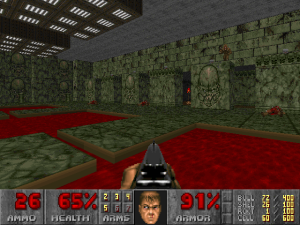
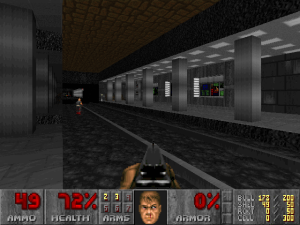
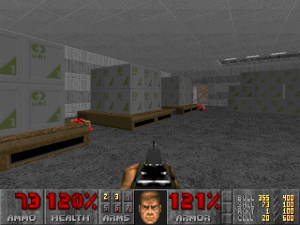
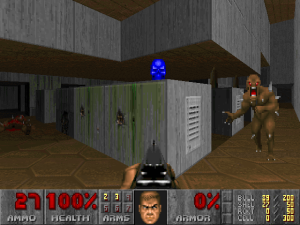
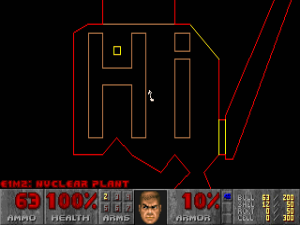
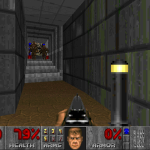
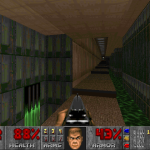
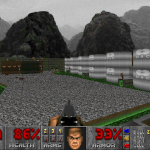
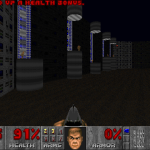
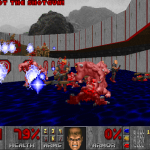
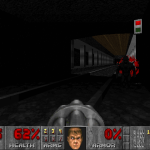
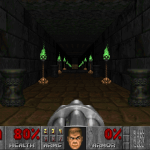
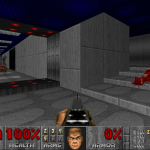
Great article; thank you!!
This is a really nice look into a classic wad made by one of the most important people in the Doom community who sadly passed away. Ty Halderman was among one of my most favourite mappers and made some of my personal favourite levels from many of his Team TNT projects like Evilution and Icarus. May his spirit and legacy live on.